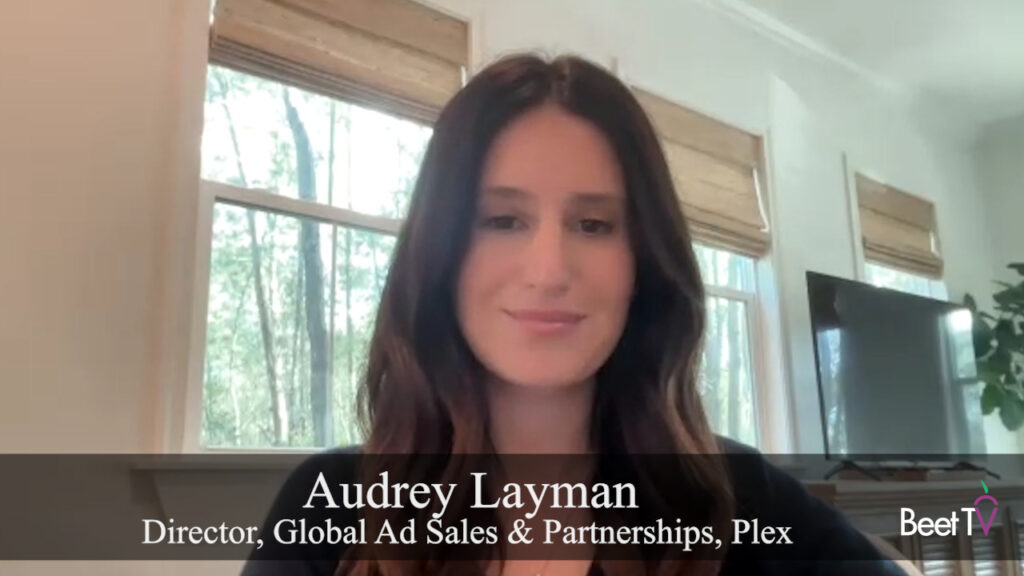We are right in the middle of the upfronts, the spring season in which TV networks and publishers tout their upcoming content roster to secure upfront committed advertiser spend.
But what do brands get out of the upfronts? One woman who guides advertisers through their upfront buying strategy says there are both pros and cons involved in their approach.
“There is a myriad of factors that we consider when we are trying to guide clients in terms of whether or not to be in the upfront marketplace,” says Maureen Bosetti, chief investment officer at IPG Mediabrands’ Initiative.
Amongst the variables involved in the strategy:
- Brands’ aims
- Budget
- Preferred period for airing
- Demographics sought
- Competitor activity
And Bosetti says the whole season can be advantageous on at least one of those factors: “The upfront is great to make sure you can buy large amounts of television at scale … At the most efficient pricing.”
But, she acknowledges, spending committed early can limit a brand’s ability to respond later in the fall.
“Disadvantages to being in the upfront could include things like less flexibility, you are committed to the dollars, you may not be able to have funds left for more opportunistic things that come along throughout the year,” she adds.
How will networks fare during this year’s upfronts? Wall Street analysts’ forecasts are split.
“(Jefferies’ John) Janedis sees a 2% decline in the upfront dollars spent on TV to $18.2 billion, with broadcasters down 3% and cable down 1%,” reports Deadline.
But BMO Capital Markets’ Daniel Salmon expects new data-driven targeting offers brought by networks to bring growth, Deadline reports. “Does this sound like a dying marketplace to you?” he asks. “No, us either.”
This segment is part of a series leading up to the 2017 TV Upfront. It is presented by FreeWheel. To find more videos from the series, please visit this page.


























